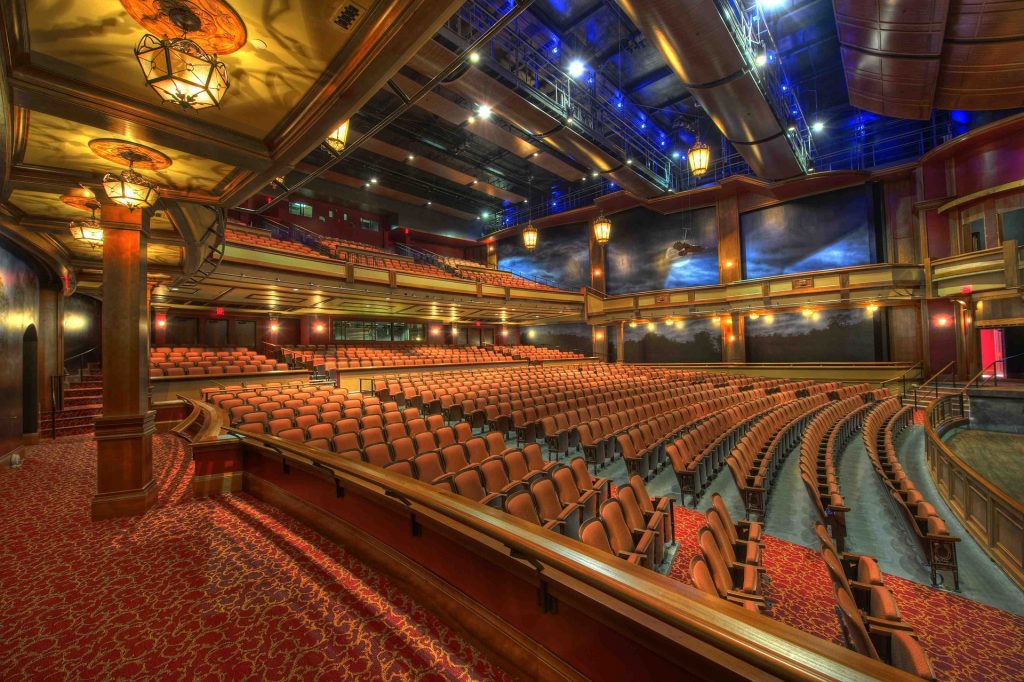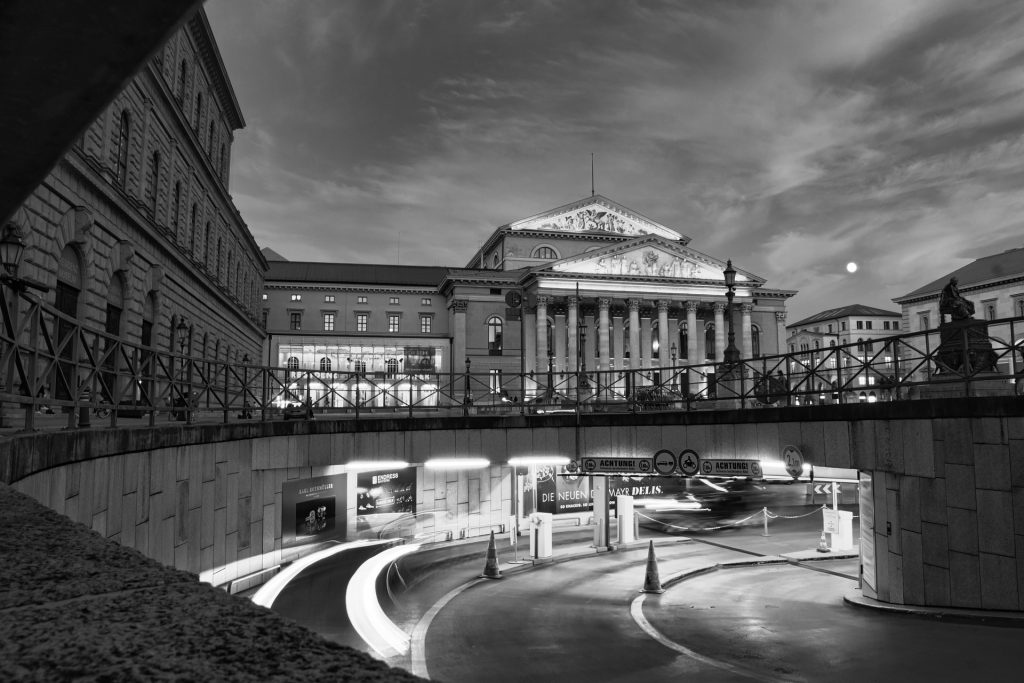Theater has been a part of human culture for thousands of years. Its origins can be traced back to ancient Greece, where it was used as a form of entertainment and as a way to communicate important messages to the people. Today, theater is still an important part of our culture, and there are many different types of theaters that we can visit. Also with our technologies you can entertain yourself in 20 Bet App and get the same amazing feelings as after the theater.
The oldest theaters have a long and storied history, dating back to the days of the ancient Greeks. These theaters were designed for the performance of plays and other dramatic works, and they served as an important part of Greek culture and society. The first theaters were built in the 6th century BCE, and they quickly became a popular form of entertainment for the people of Greece.
The First Theaters

Theater was an important part of Greek culture, and it was believed to be beneficial for both the body and the soul. The Greeks believed that theater could help to educate and enlighten its audiences, and that it could be used to teach moral lessons. Aristotle, one of the most famous philosophers of the ancient world, wrote extensively about the importance of theater, and he believed that it was a crucial part of a well-rounded education.
The first theaters were built entirely of wood, and they were typically oval or circular in shape. The stage was located in the center of the theater, and the audience sat on tiered rows of seating that surrounded the stage. The largest and most famous theater in Greece was the Theater of Dionysus, which could seat up to 17,000 people.
Ancient Greece and Rome
Theater was so important to the Greeks that it was often used as a form of political propaganda. Plays would often be used to promote the ideas of a particular political party or to attack the policies of an opponent. This use of theater as a tool of political persuasion was continued by the Romans, who inherited the Greek tradition of theater.
The first permanent theaters were built by the Romans in the 1st century CE. These theaters were constructed of stone, and they typically had a rectangular shape. The Roman theaters were much larger than the Greek theaters, and they could seat up to 30,000 people.
The Roman Empire was the largest and most powerful empire of its time, and its influence was felt throughout the Western world. The Roman theater tradition was adopted by the people of England, France, Spain, and other countries in Europe.
Around the World

The first theaters in England were built in the late 14th century, and they were used primarily for the performance of morality plays. These plays were designed to teach Christian values and principles, and they were often quite didactic in nature. The first permanent theater in England was the Globe Theater, which was built in 1599.
The Globe Theater was the most famous theater of its time, and it was the home of the world-renowned playwright William Shakespeare. Shakespeare’s plays were hugely popular, and they were performed in front of large and enthusiastic audiences. The Globe Theater was destroyed by fire in 1613, but it was rebuilt the following year.
The theaters of the Elizabethan era were very different from the modern theater. They were open-air structures, and the audience sat on benches or stood in the yard in front of the stage. The plays were often quite bawdy and lewd, and they often contained a great deal of violence.
Theater has been an important part of human culture for thousands of years, and the oldest theaters have played a significant role in the development of this art form. These theaters have a rich and fascinating history, and they continue to be an important part of our cultural heritage.
